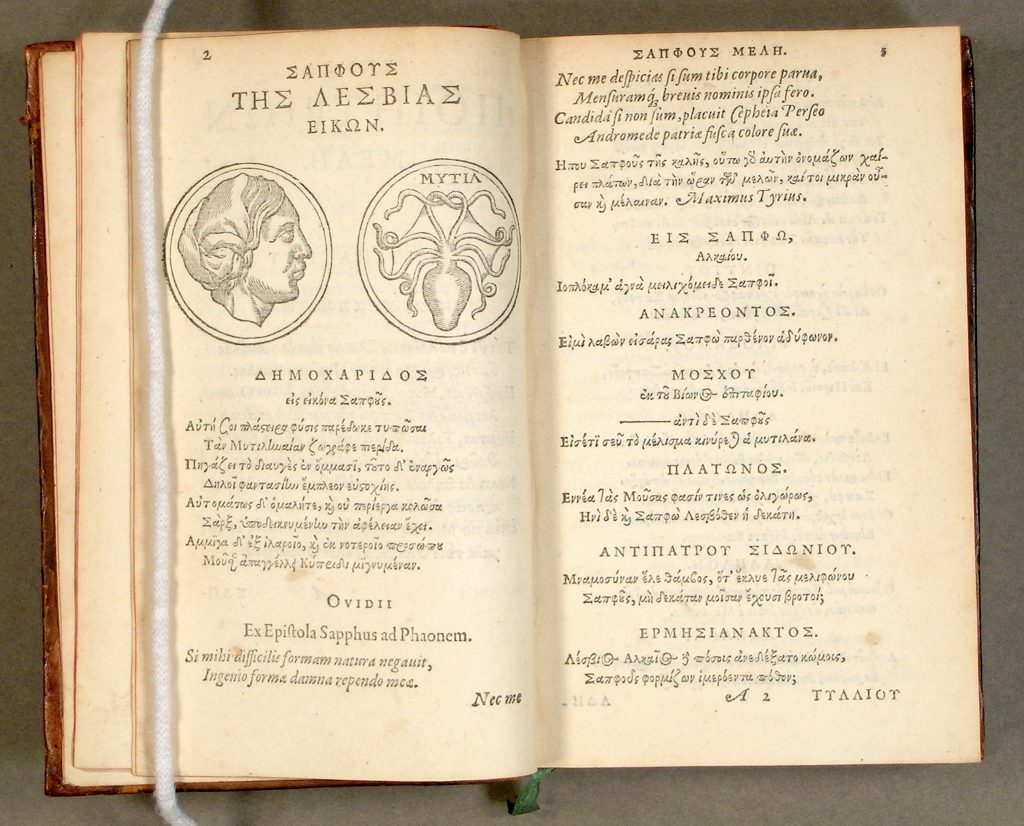
During a recent visit to Belgium, I stepped back in time to the world of Renaissance printing at the Plantin-Moretus Museum in Antwerp. The museum, honored in 2005 as a UNESCO World Heritage site, preserves the printing workshops, office, and private living quarters of the great printer-publisher Christophe Plantin and his son-and-law and successor Jan Moretus, just as they were in the 16th century, when the Officina Plantiniana was arguably the most important press in Europe.
The museum’s website boasts:
It is just as if after 440 years the working day is about to begin for the type founders, compositors, printers and proofreaders in the world-famous printing works. The oldest printing presses in the world are there, intact and ready to roll. The offices and shop echo with conversations between Christoffel Plantijn and aristocratic and scholarly clients from all over the world.
This correspondent found that description entirely true. The dark-paneled workroom with its row of venerable ancient printing presses and the rows on rows of type in dozens of fonts in oak cases fired the imagination to reconstruct the hustle and bustle of a workday in Plantin’s busy shop. As a sometime-proofreader for Rare Book Collection publications, I felt a special sense of solidarity with Plantin’s invisible proofreaders, seeing their massive wooden desks under the sixteenth century windows, imagining them piled high with stacks of proofs waiting to be corrected.
The Museum also includes the living quarters of the Plantin family: the damask-and-tapestry-draped drawing rooms with paintings by Peter Paul Rubens, Plantin’s almost-contemporary and fellow Antwerp citizen; the Plantin’s handsome private library; and several rooms hung with costly Spanish gilt leather. The lushness of these spaces, in contrast to the brisk practicality of the offices and workrooms, is an invitation to imagine the private life of a man who was at once eminently learned and humane, invested in the philosophical and religious discourse of his times, but also a shrewd capitalist and entrepreneur. Plantin rose from relatively obscure beginnings to become, in today’s terms, a multimillionaire, exemplifying his personal motto labore et constantia (“by labor and constancy”) in his business life.

A Frenchman by birth, Christophe Plantin settled in Antwerp at the age of about 28 or 29 with his wife Jeanne Rivié and their young daughter after learning bookbinding and the bookselling trade in Normandy. A few years later, while walking alone at night, he was attacked by a gang of men who mistook him for someone else; they inflicted a wound to his arm. Unable to continue work as a binder, Plantin turned to publishing, becoming known for the excellent typography of his editions. He cemented his reputation with the publication of the Antwerp Polyglot Bible, a printing masterpiece and landmark scholarly effort bringing together Latin, Greek, Hebrew, Aramaic, and Syriac biblical texts, a handsome copy of which is on display in the Plantin-Moretus Museum.
The Rare Book Collection’s holdings in early printing include several volumes by Plantin, notable among which is his 1568 imprint Carmina novem illustrium feminarum, “Songs of Nine Illustrious Women,” an anthology compiled by Plantin of songs and lyric, elegiac, and bucolic poetry by Greek poetesses, including Sappho, and commentary on these poems from Latin authors. The volume illustrates not only Plantin’s erudition and devotion to the classics, but also his skill in employing beautiful typefaces, for example, this Greek one designed by Robert Granjon.

